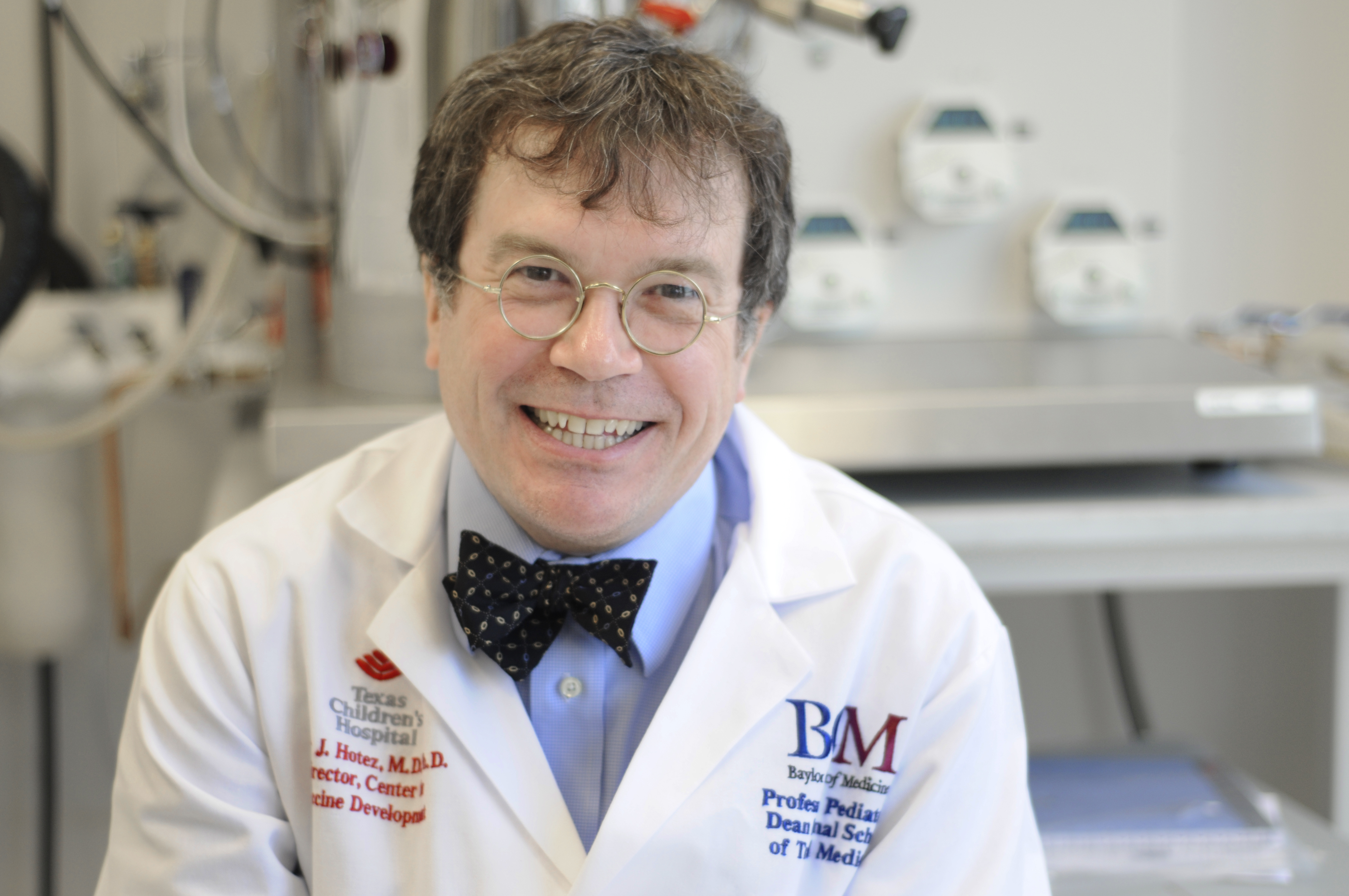Myths about autism and vaccine spacing

The vaccine debate seems to have recently moved in new direction, with many people questioning the timing of vaccines in children. This issue was raised yet again at the recent GOP debate. I feel that it’s important to address this new myth before the safety of our children is once again put at risk.
In a previous piece, I explained why it was not plausible for vaccines to cause autism, based partly on the genetic and epigenetic basis of autism and more recent findings that the anatomical alterations in the brain of children with autism occur by the second trimester of pregnancy, i.e., well before a newborn ever sees a vaccine.
The second issue of vaccine spacing is an interesting one. In my opinion, it’s the latest boogeyman in a long line of made up accusations about vaccines that include (failed) attempts to implicate the MMR vaccine or thimerosal preservative (used in other vaccines) as triggers or causes for autism.
In the former case, the original paper linking MMR to autism was retracted, while the roles of both MMR and thimerosal have been debunked through thorough scientific investigations.
The newest flavor of the month – the need to delay or further space apart childhood vaccines – goes something like this: Children’s immune systems are being overwhelmed because they receive too many vaccines at once. Somehow the overwrought immune system triggers a chain of events culminating in autism.
Among the reasons this theory makes no sense is the fact that the gastrointestinal tract and respiratory tree represent powerful antigen presenting organ systems, such that babies from the moment of birth are exposed daily to dozens if not hundreds of new antigens. Therefore adding a few extra antigens through vaccination could not possibly overwhelm the immune system.
Along similar lines, spacing out vaccines will not make any real difference in the number of new antigens an infant is exposed to on a daily basis, but more importantly it is a dangerous practice.
The current vaccine schedules are based on decades of clinical research studies so there is a big concern that changing this schedule will reduce the likelihood that your baby’s vaccines will induce an effective and protective immune response.
Again it is important to emphasize that the changes in the brain associated with autism are already well underway while the baby is still in utero – still in its mother’s womb. For these reasons vaccines could never trigger autism.
As a father of an adult child with autism, I believe that resurrecting well-disproven links between vaccines and autism only serves as a further distraction that propagates myths and helps ensure that adults and children with special needs will not get the full services they require daily.
We urgently need to move away from fake links between vaccines and autism, and instead focus on providing important early interventions from children on the autistic spectrum while simultaneously better supporting parents and families.
–By. Dr. Peter Hotez, dean of the National School of Tropical Medicine at Baylor College of Medicine




That was misleading. Do kids inhale or ingest vaccines? Those pathways are outside the body. Injecting bypasses the first defense. So it’s not the same as the many other antigens from the environment. It’s probably a better comparison to an open wound.
Thank you for posting this very informative article. My only criticism is that you were not emphatic enough about bad Wakefield’s original report was. It was not simply withdrawn but also exposed as a total fraud from start to finish. I teach an ethics course and use that paper to illustrate multiple types of misconduct, not to mention bad science, and to emphasize the potential for wide spread harm that scientific misconduct can cause.There actually isn’t ANYTHING about the study that was done right.There were only 12 subjects, not nearly enough. They were children of an attorney that Wakefield consulted for. He diagnosed their supposed autism himself (should have been double blind), and a retrospective study on them cast doubt on whether any actually were autistic to begin with. Wakefield also had a patent (maybe pending at the time) on an alternative to the MMR vaccine that he stood to make lots of money on if the MMR were to be discredited. It is a truly shameful example of falsification, conflicts of interest, violation of co-authorship ethics, terrible peer review, and bad science all rolled up into one hideous package. There was a concise summary of all of these problems, with references, published by Dr. Steven Novella in The Skeptical Enquirer, May/June 2009, page 5. Almost 20 years after the Wakefield Abomination was published, and nearly a decade after all the co-authors bailed out and the paper was retracted, its toxic wake continues to spread. I truly hope that the recommendation in your final sentence comes to pass sooner rather than later.
Pingback: The Neuroscience Report—Volume 26 (October 26, 2015): Autism Spectrum Disorder : Innovations in Clinical Neuroscience